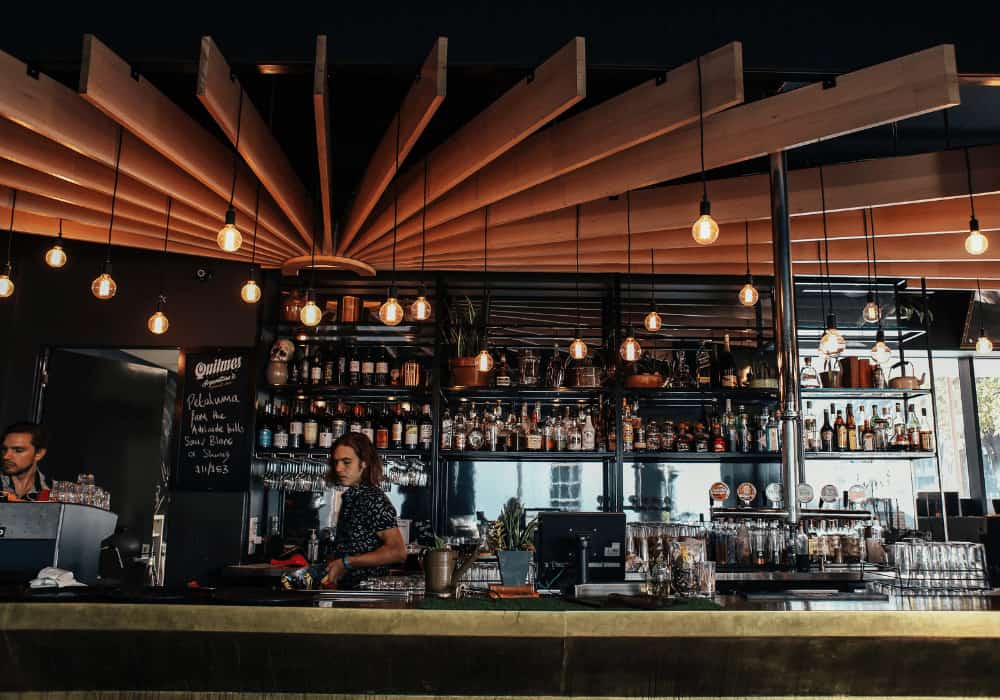Your cart is currently empty!
Cost Saving Tips For Restaurant Owners To Help Operate Efficiently

You’ve likely heard statistics about how difficult it is to open any new business and even more so when it comes to a restaurant. Studies have shown that nearly 60 percent of new restaurants fail within their first three years. There’s a variety of reasons food service establishments don’t make it, ranging from location to customer service.
However, cost management is typically the most significant factor in determining a restaurant’s success.
Restaurants tend to be significantly wasteful when it comes to food use and tracking inventory. Ironically wasting food and money on their most precious asset. This combined with rising food costs and it clear why more than half of all restaurants don’t make it to year four. Fortunately, there are resources available offering tips for restaurant owners to operate more efficiently.
Test Run Your Concept
Sometimes, a restaurant fails because the concept behind it just doesn’t jive with consumer preferences and expectations. It’s always a gamble, but you can test-run your idea before committing to a physical facility, a full staff, and the costs that go along with them. A “pop-up restaurant” gives prospective restaurant owners the opportunity to put their concept, menu, and location to the test. According to the National Restaurant Association, pop-up restaurants are the nation’s sixth-most popular restaurant trend.
Cost-Friendly Advertising
New restaurants rarely have an abundance of resources to devote to advertising and often take advantage of free strategies. Social media can be a business owner’s best friend, allowing them to boost their reach with relevant posts on a regular basis. Posting pictures of menu items, interior shots of the restaurant as well as current specials can help build a customer base. Food is one of the most popular subjects among bloggers these days, so consider writing about the vision behind your restaurant with a blog on your website.

The single best way for restaurants and food companies to find a community is by using Instagram. Engaging with other foodies, collaborating with a food blogger, and running contests to gain followers (and business) are all easy and cost next to nothing.
Meal Portion Size
One of our best tips for restaurant owners is that there are several ways to determine whether your food costs are under control. Portion size is often a major contributing factor to waste, so look closely at plates as they are returned to the kitchen. If you notice a lot of uneaten food left behind, it may be a sign that you’re serving overly-large portions. Consider adjusting them accordingly to avoid wasting money.
Restaurant Menu Pricing
Pricing menu items should always leave customers wanting to visit your restaurant again. Setting the lowest reasonable price for each menu item is important. Setting prices too low or high can undermine your profit margin and make it difficult to offset food costs and other expenses. Price is typically the first thing customers will look at. Over-priced items will certainly be noticed and taken into consideration when people decide whether or not to visit again.
Maintain Restaurant Inventory
It’s essential to keep regular inventory counts to help control food usage and expenses. Certain high-priced items such as fine meats, cheeses, and liquors may require inventory more frequently to help keep costs and income in balance. Consider using BlueCart, a user-friendly and affordable inventory tracking system that can be accessed through a phone, tablet, or computer. We want to give these tips to restaurant owners but we do not want to tell you what works for you. But, for many owners, the software works. Proper food preservation can help this. Some natural preservatives like lemon or honey being added to dishes can prevent from things going bad.
Keep Track Of Waste
In addition to taking careful inventory, it’s in your best interest to keep track of food wastage. Keep a log of wasted food, including anything that’s spilled, thrown out, burned, dropped, or undercooked. This will help accurately track how much product is being wasted from week to week.

Turning a restaurant concept into a long-term success depends largely on your ability to learn and adapt. It may be necessary to be flexible with menu pricing from time to time. Look for low-cost ways to get the word out about your restaurant and keep careful track of food costs and inventory which will help maximize profitability.
Tips for Restaurant Owners By Written By Dean Burgess
Creator of excitepreneur.net






